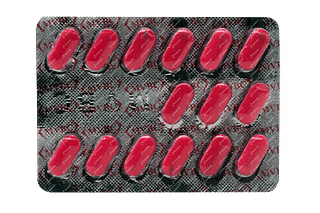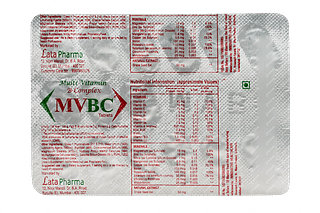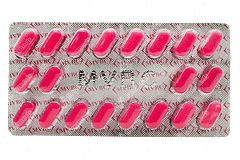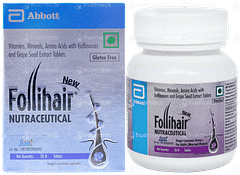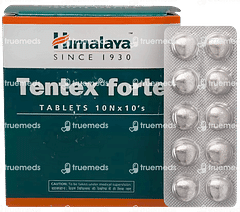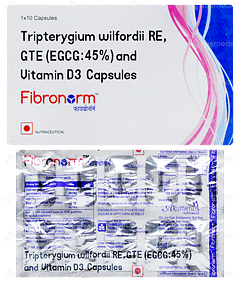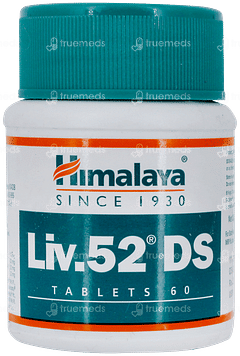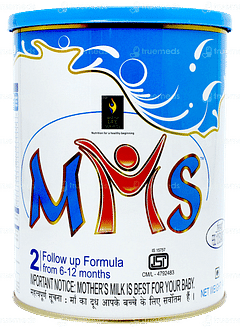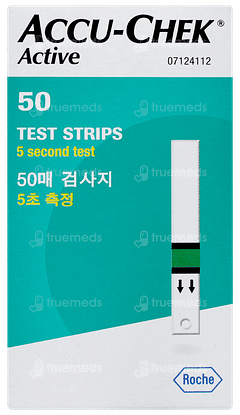CFR - Code of Federal Regulations Title 21. (2023) U. S. Food & Drug Administration. https://www.accessdata.fda.gov/scripts/cdrh/cfdocs/cfcfr/CFRSearch.cfm?fr=184.1930
Hanna, M., Jaqua, E., Nguyen, V., & Clay, J. (2022). B vitamins: Functions and uses in medicine. National Library of Medicine. https://pubmed.ncbi.nlm.nih.gov/35933667/#:~:text=Abstract,leafy%20green%20vegetables%2C%20and%20beans.
CFR - Code of Federal Regulations Title 21. (2023) U. S. Food & Drug Administration. https://www.accessdata.fda.gov/scripts/cdrh/cfdocs/cfcfr/CFRSearch.cfm?fr=172.345
National Library of Medicine. (2021). Biotin: Medlineplus supplements. MedlinePlus. https://medlineplus.gov/druginfo/natural/313.html
U. S. Food and Drug Administration. (2017). HIGHLIGHTS OF PRESCRIBING INFORMATION. Retrieved August 25, 2023, from https://www.accessdata.fda.gov/drugsatfda_docs/label/2017/209112s000lbl.pdf
CFR - Code of Federal Regulations Title 21. (2023) U. S. Food & Drug Administration. https://www.accessdata.fda.gov/scripts/cdrh/cfdocs/cfcfr/CFRSearch.cfm?fr=172.380
Department of Health and Human Services. (2021). Vitamin E. NIH Office of Dietary Supplements. https://ods.od.nih.gov/factsheets/VitaminE-HealthProfessional/#:~:text=FDA%20developed%20DVs%20to%20help,all%20rac%2Dalpha%2Dtocopherol.
Department of Health and Human Services. (2022). Magnesium. NIH Office of Dietary Supplements. https://ods.od.nih.gov/factsheets/Magnesium-HealthProfessional/#:~:text=The%20U.S.%20Food%20and%20Drug,years%20and%20older%20%5B11%5D.
Department of Health and Human Services. (2022). Zinc. NIH Office of Dietary Supplements. https://ods.od.nih.gov/factsheets/Zinc-HealthProfessional/
Tng, D. J. H., & Low, J. G. H. (2023). Current status of silica-based nanoparticles as therapeutics and its potential as therapies against viruses. Elsevier. https://www.ncbi.nlm.nih.gov/pmc/articles/PMC9776486/
Department of Health and Human Services. (2021). Manganese. NIH Office of Dietary Supplements. https://ods.od.nih.gov/factsheets/Manganese-HealthProfessional/
Department of Health and Human Services. (2022). Copper. NIH Office of Dietary Supplements. https://ods.od.nih.gov/factsheets/Copper-HealthProfessional/
Department of Health and Human Services. (2022). Boron. NIH Office of Dietary Supplements. https://ods.od.nih.gov/factsheets/Boron-HealthProfessional/
Torti, J. F., & Correa, R. (2023). Potassium Iodide. In StatPearls. StatPearls Publishing. https://pubmed.ncbi.nlm.nih.gov/31194460/#:~:text=Potassium%20Iodide%20(KI)%20affects%20the,cases%20of%20high%20radiation%20exposure.
Department of Health and Human Services. (2021). Selenium. NIH Office of Dietary Supplements. https://ods.od.nih.gov/factsheets/Selenium-HealthProfessional/
Reading S. A. (1996). Chromium picolinate. The Journal of the Florida Medical Association, 83(1), 29–31. https://pubmed.ncbi.nlm.nih.gov/8849977/#:~:text=Although%20the%20mechanism(s)%20responsible,on%20the%20central%20nervous%20system.
Department of Health and Human Services. (2021). Molybdenum. NIH Office of Dietary Supplements. https://ods.od.nih.gov/factsheets/Molybdenum-HealthProfessional/
Gupta, M., Dey, S., Marbaniang, D., Pal, P., Ray, S., & Mazumder, B. (2020). Grape seed extract: having a potential health benefits. Journal of food science and technology, 57(4), 1205–1215. https://pubmed.ncbi.nlm.nih.gov/32180617/#:~:text=Through%20different%20and%20various%20studies,ulcer%2C%20microbial%20infections%2C%20etc.
